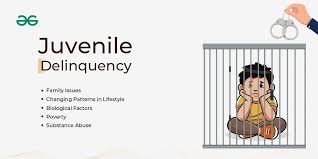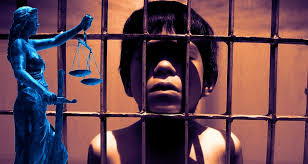Juvenile Laws at Uruguay
Uruguay's juvenile justice system has undergone significant reforms aimed at aligning with international standards and protecting the rights of children and adolescents. However, recent developments have raised concerns about the treatment of young detainees and the effectiveness of current policies.
⚖️ Legal Framework
Code on Children and Adolescents (2005): This legislation redefined the legal status of minors, emphasizing their rights and the state's responsibility to protect them. It established the Instituto del Niño y Adolescent del Uruguay (INAU) as the governing body for child and adolescent policies.
Law No. 19.055 (2013): This law introduced measures that expanded the detention of adolescents, increasing both minimum and maximum sentences. It also restricted the use of semi-liberty and mandated the maintenance of criminal records for adolescents. These changes have been viewed as regressive, potentially undermining the rehabilitative focus of the juvenile justice system.
Law of Urgent Consideration (2020): This law further intensified punitive measures, doubling the maximum sentence for adolescents from 5 to 10 years of deprivation of liberty. It also restricted the use of semi-liberty and mandated the maintenance of criminal records for adolescents, raising concerns about the prioritization of punitive approaches over rehabilitation.
2014 Constitutional Referendum: A proposal to lower the age of criminal responsibility from 18 to 16 was rejected by 53% of voters, maintaining the age at 18.
🏛 Juvenile Justice System
Instituto Nacional de Inclusión Social Adolescente (INISA): Established in 2015, INISA oversees the implementation of socio-educational measures for adolescents in conflict with the law It aims to promote rehabilitation and reintegration rather than solely punitive measures
Non-Custodial Measures: Uruguay has been promoting alternatives to detention, such as probation and mediation, in line with international standards that consider detention a last resort Training courses have been conducted to implement these measures effectively
🚨 Concerns and Challenges
Treatment of Detainees Reports indicate that children in detention face torture and ill-treatment, including beatings, isolation, and inadequate access to education and recreational activitie. These conditions often amount to cruel, inhuman, or degrading treatment.
Termination of Rehabilitation Programs The discontinuation of programs like NEXO, which focused on the social reintegration of child detainees through education and vocational training, has raised concerns about the commitment to rehabilitation.
🤝 International Recommendations
*United Nations Committees: Both the UN Committee against Torture and the Human Rights Committee have recommended that Uruguay enhance access to education, rehabilitation, and social reintegration programs for juvenile detainees They also advise avoiding preventive detention and promoting alternative measures that do not involve deprivation of liberty.
**World Organisation Against Torture (OMCT)*: OMCT has called for legislative reforms to improve child protection standards, emphasizing the need to eliminate punitive measures that violate international standards. They advocate for the use of detention only as a last resort and for the minimum necessary period, always considering the best interests of the chid.
While Uruguay has made strides in reforming its juvenile justice system, recent developments suggest a shift towards more punitive measures Addressing the concerns raised by international bodies and human rights organizations is crucial to ensure that the rights of children and adolescents are protected and that the system focuses on rehabilitation and reintegrating.





0 comments